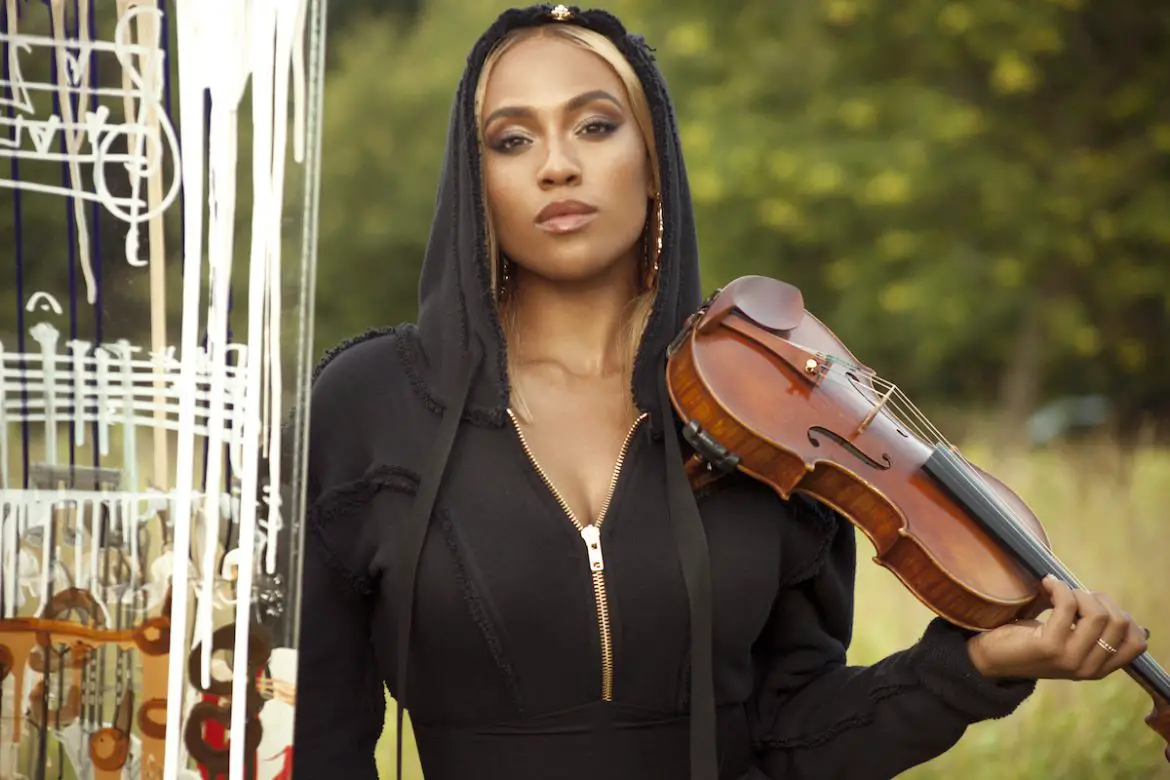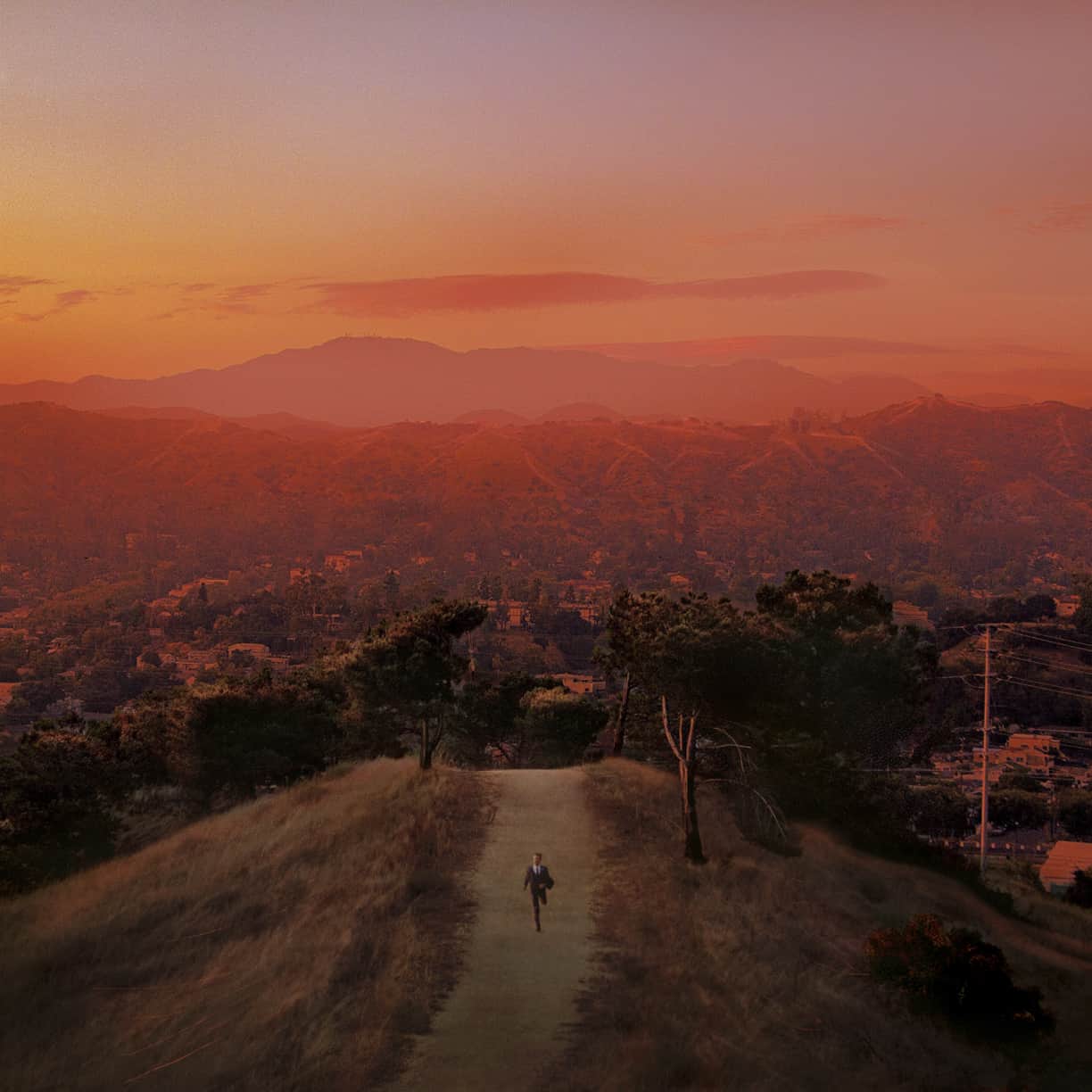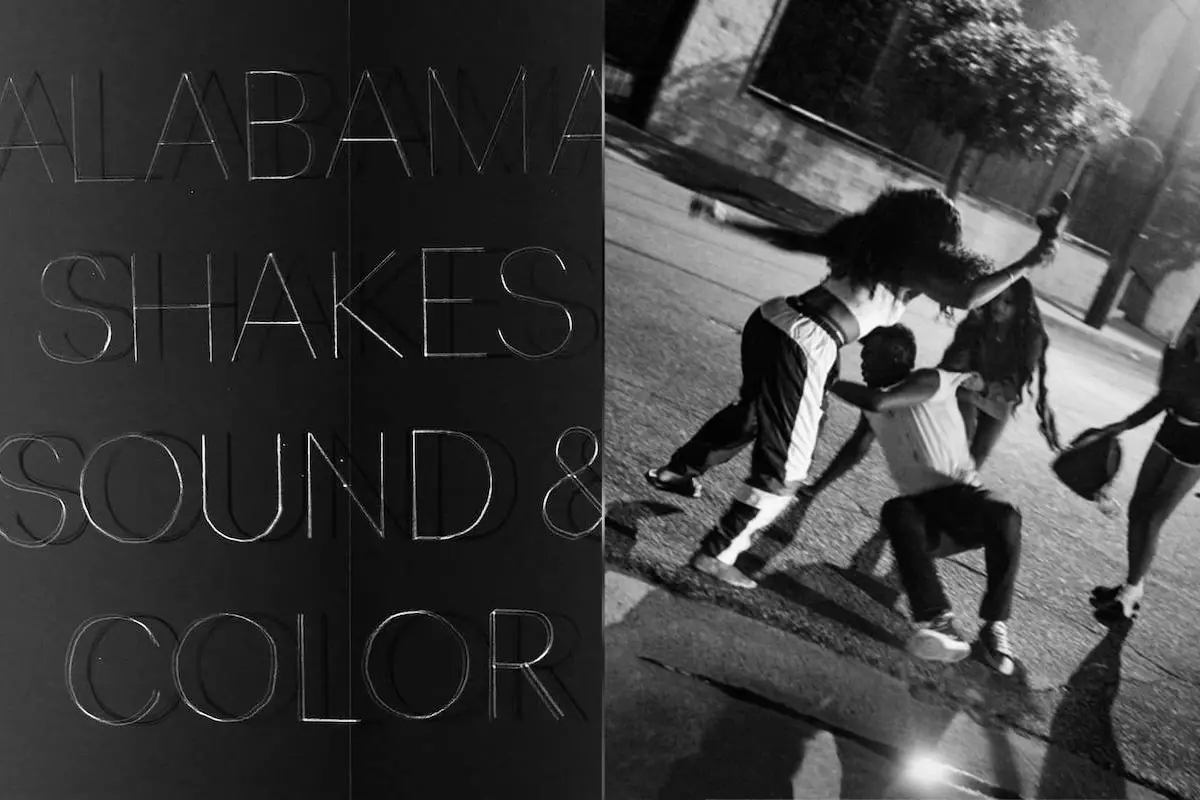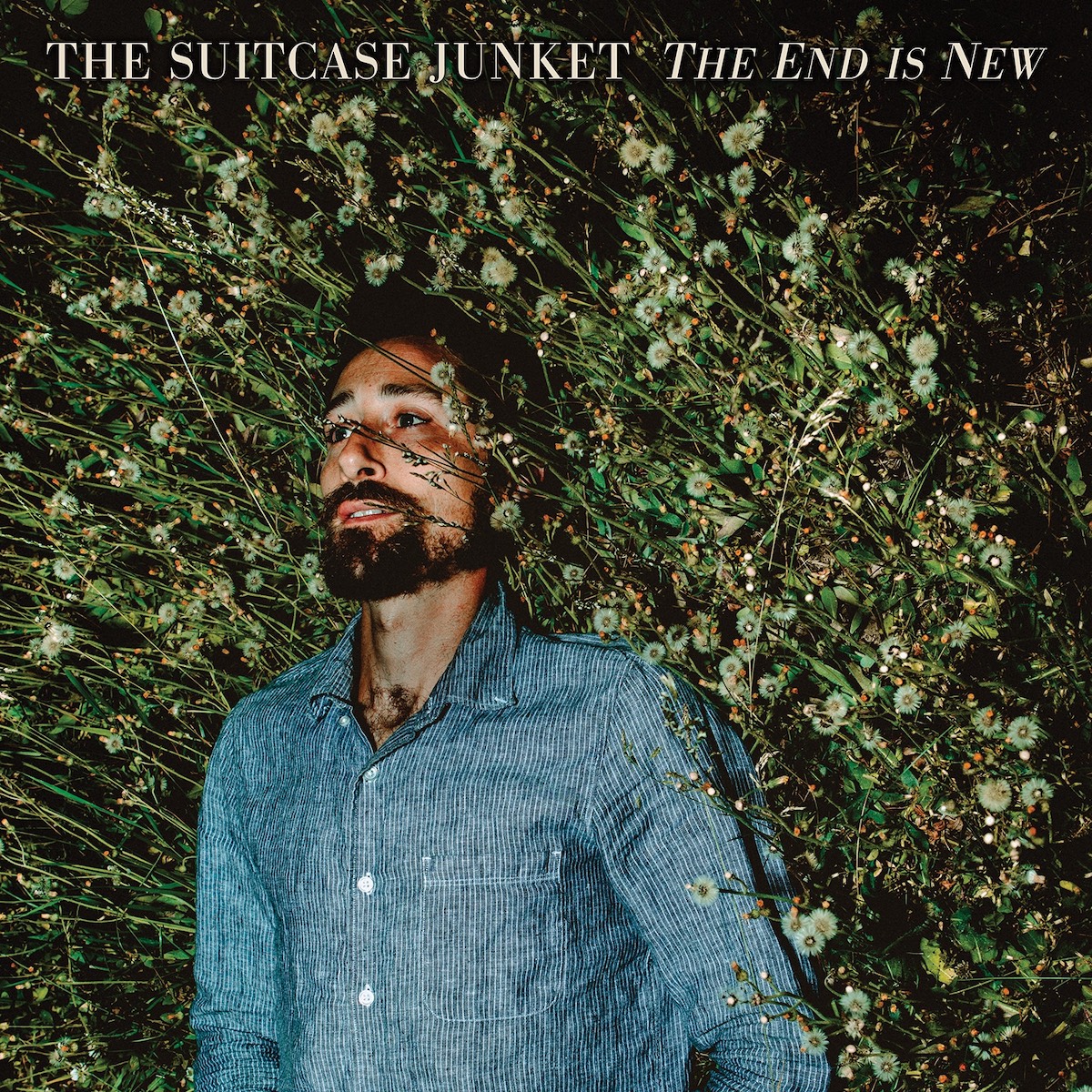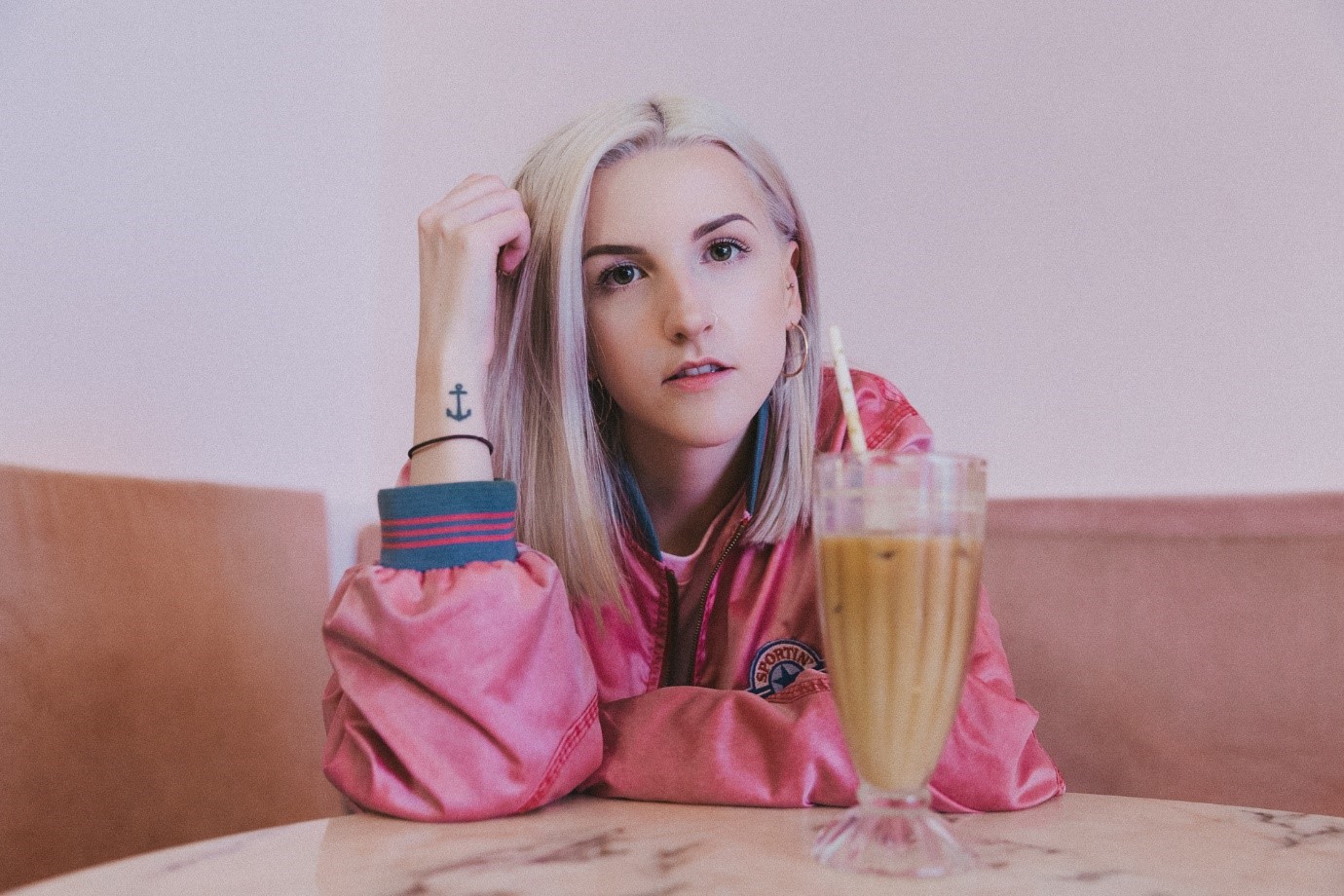Brooklyn-based classical-fusion violinist Ezinma is breaking barriers for musicians of color and making classical music that is widely accessible and relevant for today’s world.
Stream: “Ode to the Hustle” – Ezinma
After leaving her gig working with Beyonce in 2018, (a sentence few can say, let alone imagine), classical-fusion violinist Ezinma honed in on discovering her sound. She combined her learnings from working with artists like Clean Bandit, Stevie Wonder and Kendrick Lamar with her classical study. A capstone project for Ezinma, and the product of her focus on personal discovery and experimentation, her debut record, Classical Bae, is set to release in April.
Today, March 12th, she premieres “Ode to the Hustle,” the first single off Classical Bae. You might recognize the melody as Beethoven’s “Ode to Joy”, and Ezinma knows it. She shares with Atwood Magazine, “Every record on [Classical Bae] has an iconic classical melody that the average person can recognize, but it’s reimagined for today’s context.”The tracks on Classical Bae combine sweeping orchestral soundscapes and recognizable classical melodies and invigorates them with hard-hitting beats and ambient vibes. Out of all her recently-released singles, “Ode to the Hustle” tells its narrative through the notes. It is cinematic in its storytelling and pays tribute to the tireless work that leads to success, work that often goes unacknowledged. Reimagining classical music, translating it into her own language, is what sets Ezinma apart from other contemporary classical artists. She’s not fueled by the prestige of classical music, but rather by the challenge of releasing the soul it carries deep in its bones.
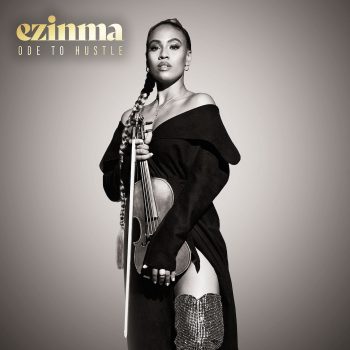
Classical Bae transports classical music into the future by recalling and retelling the past. “It’s interesting,” Ezinma reminds us, “back in the day, Baroque music, the kind Bach was writing, you would improvise and embellish it in your own style. The rigidity of Classical music kind of came later. Originally, it was this fiery, wild music. It was the popular, hot music of the time. I wanted to bring that back. To remind people that even though Beethoven is 250 years old, it doesn’t mean that his music can’t be relevant.”
Her heart-forward approach reaches beyond composing and performing music. In 2020, Ezinma founded the non-profit organization HeartStrings, a music-based youth development program for children K-5 of diverse backgrounds. At HeartStrings Academy, each child is equipped with a quality instrument, outstanding music instruction, community engagement activities, access to world renowned concerts, and performance opportunities. Understanding the importance of representation and access, Ezinma works to inspire and uplift her community. “Music is something that can heal social issues,” Ezinma tells Atwood, “I believe this. Music instruction and music teaching, and especially access for children, is a way to make our society a better place.”
Listen to “Ode to the Hustle” out today on all streaming platforms and read on to learn about Ezinma’s thoughts on contemporary classical music, her inspirations, and her advice for aspiring musicians.
:: purchase/stream “Ode to Hustle” here ::
A CONVERSATION WITH EZINMA
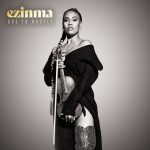
Atwood Magazine: Before we dive into the album, I’d love to start by talking about “Ode to the Hustle”? What’s the story behind this track and why did you choose it to be the first single off the new album?
Ezinma: Well, it’s Beethoven’s 250th this year. The song is inspired by “Ode to Joy.” With my experience in the classical space, as a person of color and as a woman of color, I wanted to pay tribute to all of the work that goes into all the success that people see. Not just from my story, but everyone’s. I think it takes so much excellence just to get a spot, especially when you’re not the typical person that one would expect to play the violin. Also from another angle, we live in an age where, because of social media, people only see the finished product. I think it’s important to tell a story about the dedication, the discipline, the failures and successes⏤ everything that makes the finish product. That’s what the song is really about. And we haven’t shot the music video yet, but that’s the concept for the visual as well⏤ just the story of hustle, hustle, hustle.
Will you talk a little bit about your upcoming EP Classical Bae?
Ezinma: This project is really about bridging the gap between two opposite worlds. I come from a very classical space, but I exist in a very popular space. I was very intentional with my choices on this album. Every record on there has an iconic classical melody that the average person can recognize, but it’s reimagined for today’s context. I really wanted to create something that would make people feel comfortable. I think all too often classical music is seen as too high society⏤ too many rules. I really wanted to break that down. To give something that the average person could recognize and then reimagine it. It’s called Classical Bae because I wanted to summarize what this chapter of my life has been musically. Leaving the conservatory and then exploring and experimenting and playing clubs and making the social media content that happened to go viral, people were responding to something they were really curious about. I think people were like what is this instrument? What is this different kind of music? I find this so relaxing. I’ve found a lot of support in the culture for this type of music and I wanted to create something that was just the capstone of it all – to bring it all together.
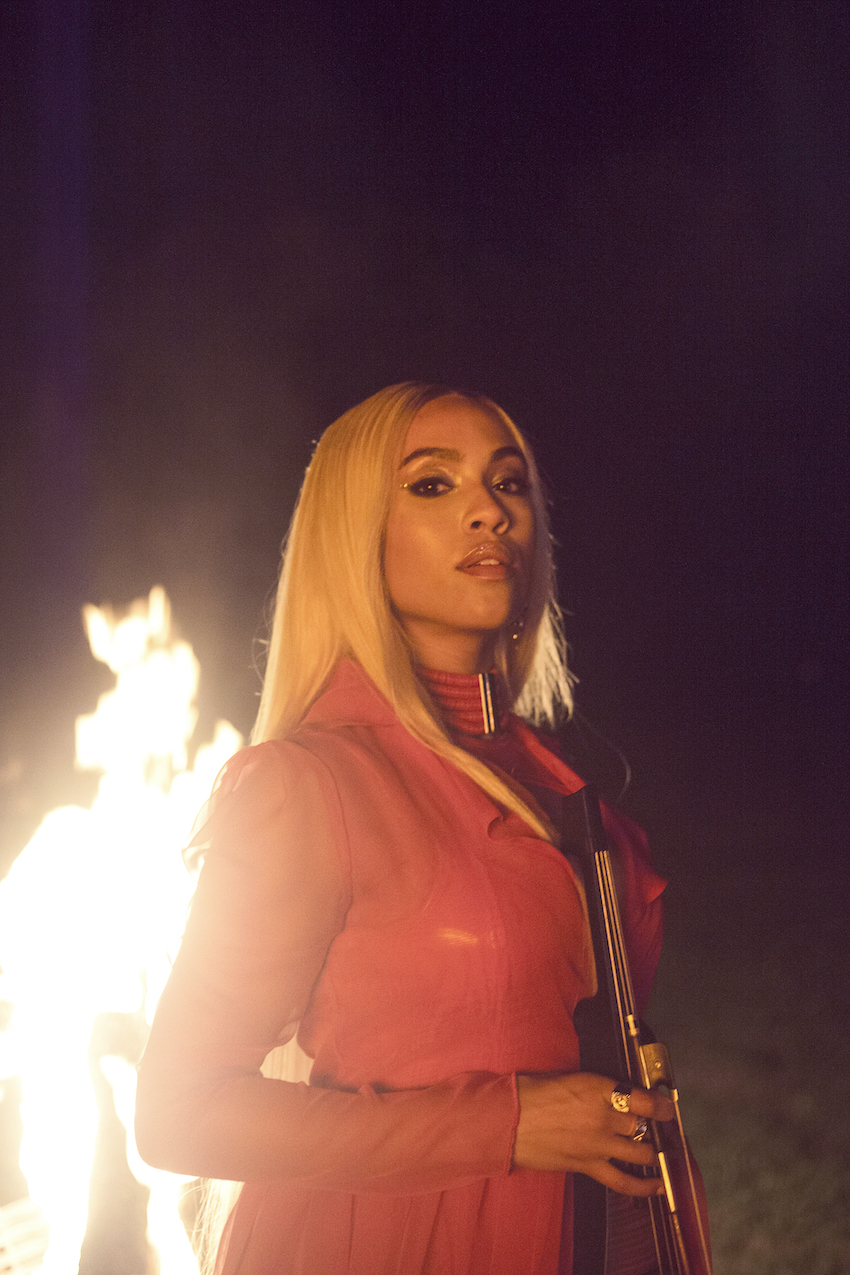
Why do you believe in re-contextualizing classical music for today’s world? Why is this process of “reimagining” so vital to your musical expression?
Ezinma: When I was learning the violin and studying, it would be so funny because I would naturally re-write things and it would just drive my teachers nuts. They’d be like why are you adding a note to this Brahms sonata or are you aware that you changed a rhythm slightly and I was like what? It just feels right to play it that way. It’s interesting because back in the day Baroque music, the kind Bach was writing, that was the practice⏤ you would improvise and embellish in your own style. The rigidity of Classical music kind of came later but originally it was this fiery, wild music. The popular, hot music of the time. Artists would play classical music and they’d just riff on things. I wanted to bring that back and remind people that even though Beethoven is 250 years old, it doesn’t mean that his music can’t be relevant. It has to be re-told in a way that can feel relevant to people today. Finally have space where I don’t have to always follow those limitations anymore. I can make something that’s totally true to myself that’s been very freeing for me⏤taking these songs and running with them in that way.
In your music videos, I’m thinking particularly about ‘Beethoven Pleads the Fifth’ and ‘Vivaldi Springs Forth’, you are more often than not in some gorgeous natural setting, surrounded by foliage and flowers and fields, can you talk about how nature and music connect for you? Also, when and how was this relationship with nature born?
Ezinma: Well COVID, for one (laughs). My mother is a nature essayist. Growing up, I went to school on a farm. Nature is something I find so much inspiration in. It’s the connection between beauty and music and even math. The golden ratio is prevalent in music and I’ve always been aware of that divine connection. Especially in music without lyrics⏤ there’s just more grandeur and imagination. For “Beethoven Pleads The Fifth” video, I wanted to represent the forces of nature: fire, water, earth, and air. Nature is something I really draw from, and as a matter of fact, when I am stuck and need inspiration, I just have to go into nature. I have to leave the city and my inspiration always comes back so there is a very profound connection for me.
In your opinion, is a formal classical education – we’re talking theory, composition, history – a necessary component to anyone looking to participate in the contemporary classical space or a residual expectation from the past?
Ezinma: This is such a great question. It’s something I think about every day. Let me preface this by saying, to me, knowledge is power. The more information you have, the better you can be at breaking past that and sharing freely. I do think there are some artists, even some I’ve worked with, who don’t read music and are so connected to their source and just give give give. They don’t need [a formal classical education], they are just so tapped in. But, for me, I do like having an understanding of the theory and the history of things. That said, when Beethoven was writing there wasn’t really music theory. I mean, there was in a certain way, but it wasn’t in the way that we are teaching in conservatories today. He was just writing and following the shape of a melody because it was voice leading, not because there are these rules for this motion for intervals or all of these crazy rules that you learn in music theory. So I think in one way this knowledge and information is very important, but on another side of that, we just have to create. Because there is a side to classical music that is so virtuosic and is so challenging.
I’d love to talk more about your nonprofit Heartstrings. I’m really interested in the community engagement activities, can you talk about why it’s important to engage these kids beyond music instruction?
Ezinma: Music is something that can heal social issues. I believe this. Music instruction and music teaching, and especially access for children, is a way to make our society a better place. For me HeartStrings isn’t about making the next violin protégé or the next pianist superstar. It’s about teaching children discipline but also teaching children how to give back. Music is ultimately about generosity and when I was creating HeartStrings, I wanted something that would be beyond music instruction and would allow kids to go into the community and perform for other kids. Or preform in Central Park – just set up and play because that is what music is about its meant to be, something that is given back. We don’t practice hours a day just to practice for hours a day. At some point you have to get out there and perform and that was something that was the driving force in making this program in the first place. And in terms of these concerts, living in NYC, for instance, where you have so many incredible arts institutions in the world. So many children don’t have access to that and I wanted to close that gap.
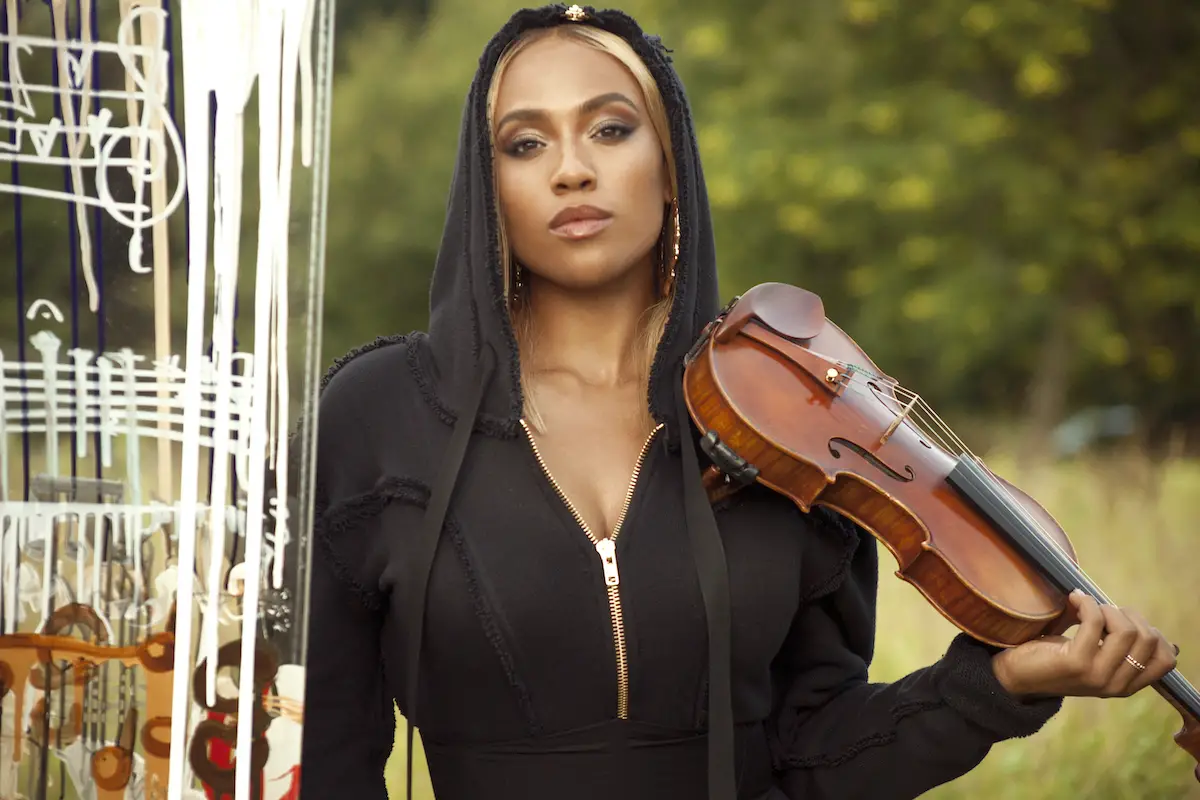
What are you doing as a classical artist to make the genre accessible for younger typically marginalized groups?
Ezinma: The biggest thing is visibility. Simply telling my story. Doing interviews like this. Performing. Using my social platform. The number of emails I get from kids who are like me when I was a kid. They’ll say hey I am auditioning for this orchestra give me advice, or I’m the only black kid in my college orchestra. You know there are so many people who can relate to my story. And it’s cool. Just to know progress is possible is important. And one day the classical space will be more diverse. It brings me so much joy to know that I’m a part of that. It’s something that inspires me to keep doing what I’m doing. Visibility is key for anyone. You don’t have to have the most access, you don’t have to be the number one person. We can all contribute to [creating accessible spaces] by telling our stories in an authentic way. Another thing that I try to communicate, especially in my teaching, is that things don’t have to be perfect, it just has to be you. It has to be the best of you that you can give. That’s so important especially when we live in a world where because of social media things feel like they have to be glossy and perfect and airbrushed all the time. That can have a damaging effect because then people don’t try and don’t put themselves out there.
Do you teach students yourself currently? And what has that experience been like for you?
Ezinma: Not right now. But I’m going to make space to have a few students and teach again at some point because I just miss it so much. I had to stop teaching because I was traveling so much and now it’s like oh it’s kind of possible to teach because I really do miss it. I am also launching an online, virtual curriculum that will be very, very accessible for kids and adults to take with my own violin program. It’s just a lot of instruction and I’m excited to put it out there and have kids and adults take it.
Beyond your album release, are there any creative pursuits we should be on the lookout for in 2021?
Ezinma: I’m going to be back at the drawing board and working on more music. I’m excited to see where we go and how things evolve.
— —
:: purchase/stream “Ode to Hustle” here ::
— — — —

Connect to Ezinma on
Facebook, Twitter, Instagram
Discover new music on Atwood Magazine
? © Natalia Aguilera
:: Stream Ezinma ::

